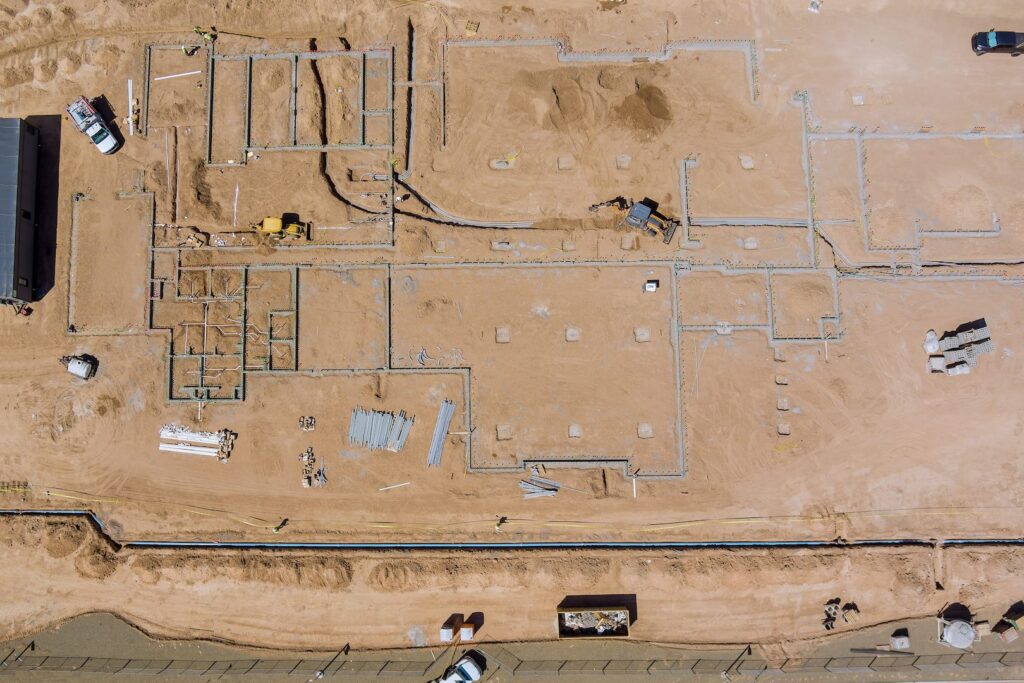Congratulations! Your new construction home is almost move-in ready, and all that hard work, planning, and effort have finally been completed. You probably can’t wait to move into your new space and take advantage of all those special details and upgrades that make this home uniquely yours. But before you can officially call your new construction ‘home,’ you must first get your old home sold.
Building your home creates a whirlwind of activity that you have artfully balanced with your daily work and social schedule over the last few months. Surprisingly, after all that juggling of day-to-day tasks and construction milestones, many homeowners do not anticipate the amount of time that it took to get their current home on the market and sold fast so they can move into their new construction as soon as possible.
When you need to get your current home sold as quickly as possible and get yourself and your home packed up and ready to move at the same time, it requires a bit more strategic planning and preparation.
If you have paid off your existing home and can manage double mortgage payments, you can take the process of moving and selling a bit slower. Others will need to consider their time frames carefully and be sure to consult with a Realtor about the process of getting your home on the market so you can establish a reasonable timeline before you begin
Don’t worry – Here’s an easy to follow the process for keeping it all together and making the transition as smooth as possible for yourself and your family (and get settled into your new home fast too).
1. Find a Realtor
Before you pack any boxes, you first have to meet with a real estate agent and get a sense of your home’s value, the average turnover rate of homes in your area, and the review any changes you may need to your home make, so you can be in the best position to sell.
2. Sort Your Things
There is never a wrong time to get your home in order and get rid of the things you do not use or need anymore. Take the time to go room by room and sort through everything from clothing to documents and throw out or donate anything you do not need to take with you to your new home. Not only will it cut down on the items that you have to move, but you can donate some items and earn a tax write-off and/or have a yard sale that may even pay for your moving costs.
3. Get Packing
After you have decluttered your home, it is time to start packing everything up. First, designate a single space or room that you will use as your box storage. This should not be a primary room of the home, but a spare room or garage that will not impact the buyer’s view of the home. Be sure to label every box with the room that it is going in and the complete contents of the box, so you never have to dig around for necessary items as you’re unpacking.
Just as before, go room by room and start by packing only the items that you do not need on a regular basis (think sweaters in summer weather or your extensive book library). One tried, and true staging method that attracts buyers is the “half-empty closet” look. By demonstrating how much space you have in your closets (including your pantry and kitchen cabinets), you will entice buyers who are looking for more storage and space in their next home (hint: that’s every buyer ever!).
4. Make a Timeline and a Calendar
Just as you’ve done and discussed a timeline for your new home construction, be sure that you make and update a timeline and a schedule for your home transition as well. Key in all important dates and deadlines, and be sure that you know your schedule so you can host open houses and show buyers your home as needed.
5. Make Quick Repairs
Once you have gotten half of your belongings into moving boxes, it will be easier to see and make any necessary repairs to your home. Buyers’ eyes will catch everything, from broken kitchen cabinet doors to a tub in need of new grout. Put your home’s best foot forward by making repairs and updates promptly, but be sure not to go too far in your efforts. Last minute upgrades are not as well-received as you might think, but clean and patched rooms and a fresh coat of neutral paint will go a long way toward boosting your home’s value.
6. Give Yourself Enough Time to Move
For some reason, once their new home is constructed, many homeowners feel the need to rush the moving process. If you plan ahead and organize your timeline to balance your move out and move in schedules, you should have plenty of time to move correctly and without creating a cluttered disaster in your new home.
Having enough time to move includes scheduling time after you completely moved out of your existing home to ensure that any additional repairs, maintenance, or issues that may arise before the new owners move in can be resolved without delay.
7. Stock Your New Home
Don’t let the chaos of moving derail the whole family’s day. Before you move your boxes into the new home, set up your brand-new house for success. Fill the refrigerator and pantry with essentials, stock up on paper plates, disposable utensils, and garbage bags, and pack each person in the house an overnight bag, so they do not have to worry about searching for their daily items like deodorant and clean socks.







